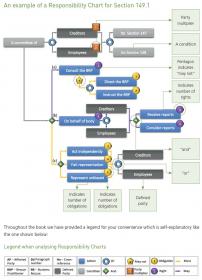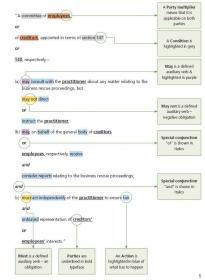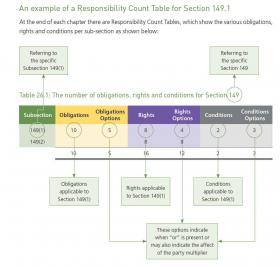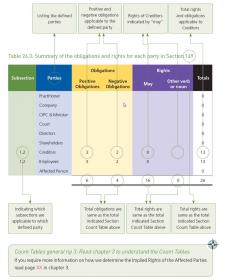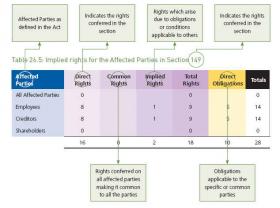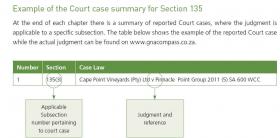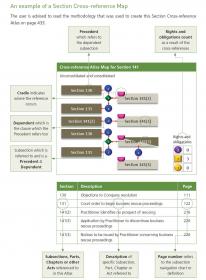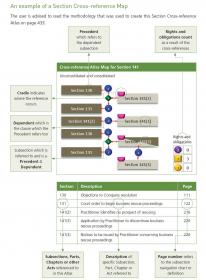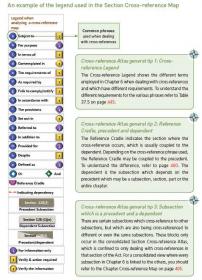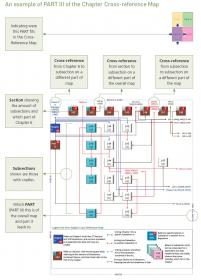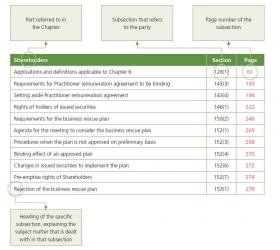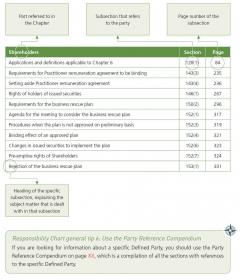What is the G&A Compass Methodology?
G&A Compass Methodology is an empirical research methodology mapping and navigating complex texts, where these complex texts seek to convey different types of instructions. A complex text can be a specific legislation, regulation or an unified code. By applying the G&A Compass methodology a guide is created, which can be used to instruct the reader about what should be done (obligations), what can be done (rights) and what should be adhered before it is done (conditions).
The average length of a sentence in Chapter 6 the Act is 79 words, which means that the brain battles to deal with complexity of understanding which instructions are obligations or rights and what conditions should be considered before this is done.
We have developed a system which enables the mind to “connect the dots” allowing for the instant identification of obligations, rights and conditions. The system works on the principle of how the human mind perceives complexity (the message that is being conveyed as a sentence) as a whole and the ability of the perceptual system to order this complexity (understanding the detail of each individual instruction). As Kurt Koffka, as a proponent of Gestalt psychology, stated : “the whole is other than the sum of the parts”
We use colour, shapes and presentation of text, based on a set of rules we developed, to analyse every sentence in the Act to determine which instructions are obligations, rights and conditions. Our books contain the following navigational tools:

